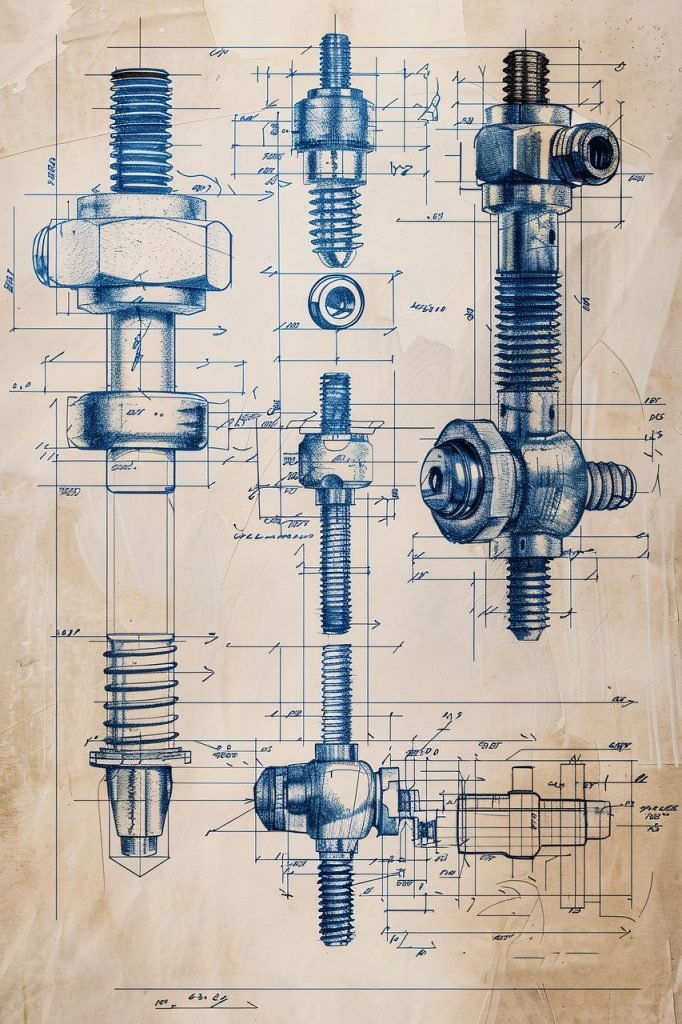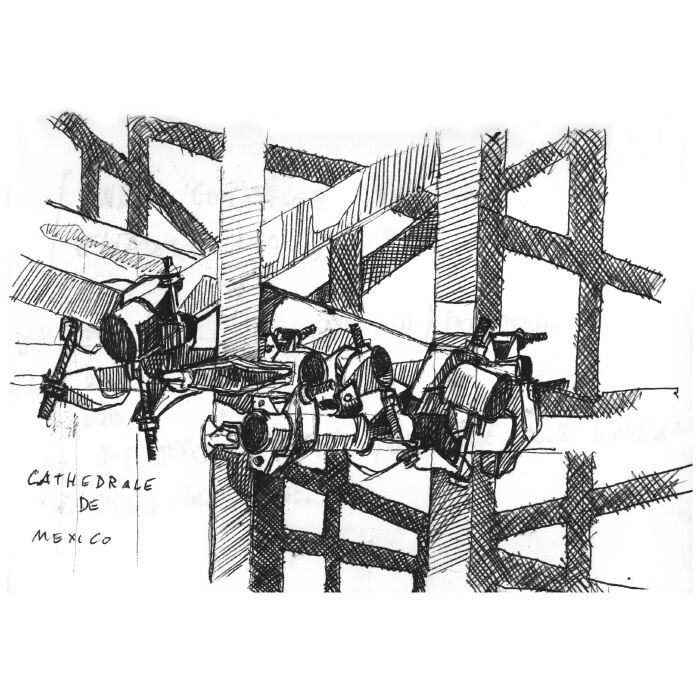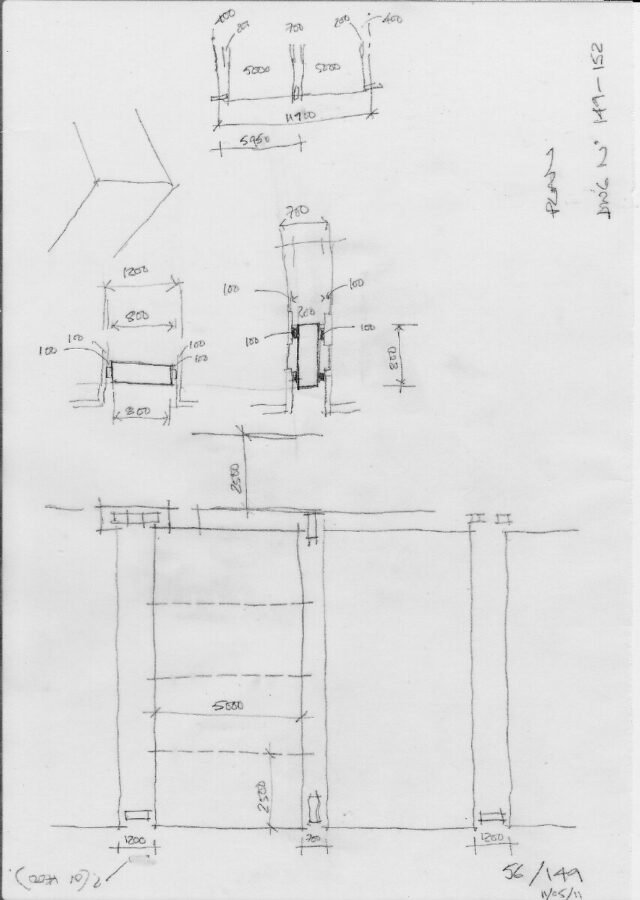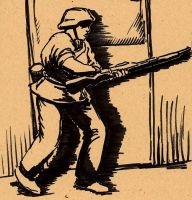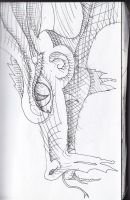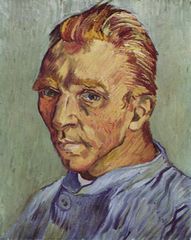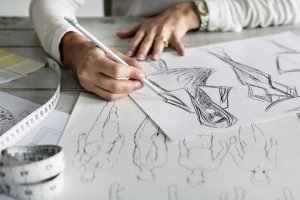Why Engineers Need Sketchbooks
In the world of engineering, precision and problem-solving are key components of an engineers success. While modern digital tools play a crucial role, the humble sketchbook remains an indispensable tool for engineers of all disciplines. From brainstorming innovative ideas to refining complex calculations, sketchbooks serve as an essential medium for creative and technical expression.
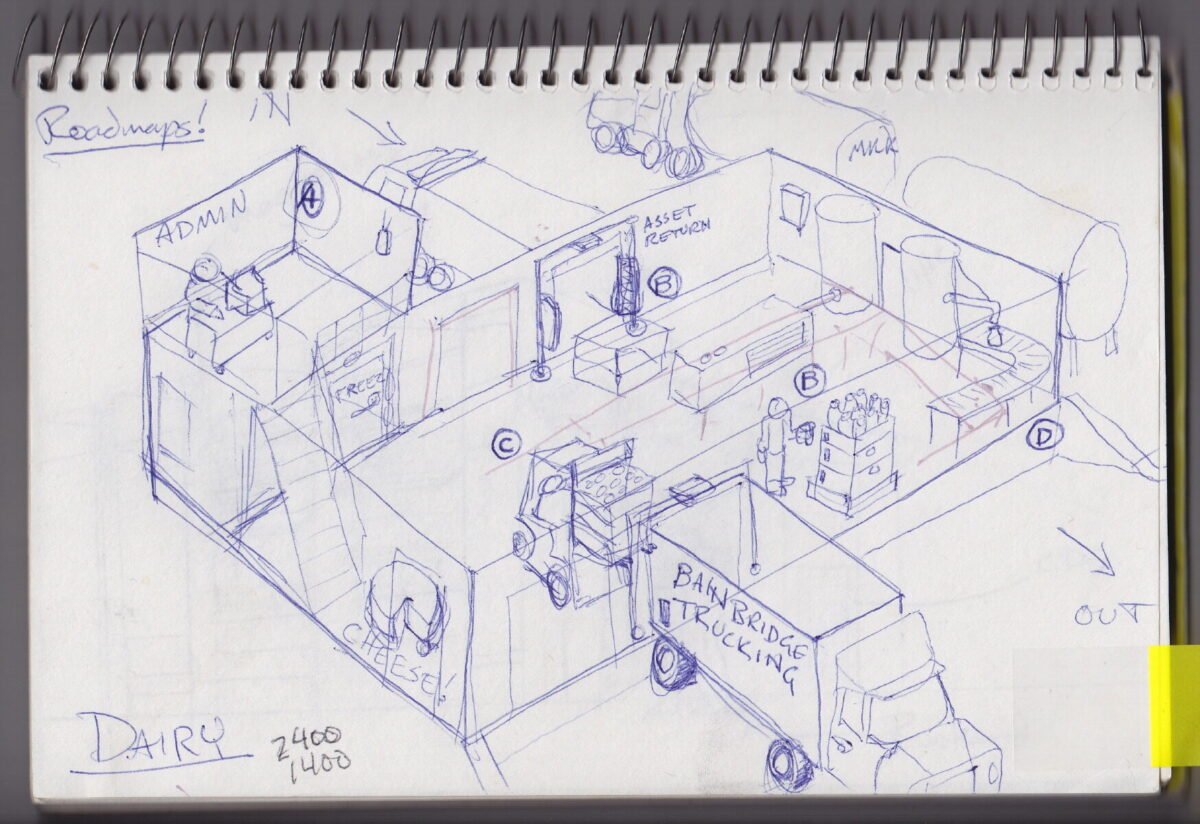
credit: BWGUNNER
The Role of Sketchbooks in Engineering
1. Idea Generation and Concept Development
A sketchbook allows engineers to quickly jot down concepts, diagrams, and rough calculations before committing to formal designs. This helps in refining initial thoughts and transforming them into actionable plans.
2. Enhancing Creativity in Problem-Solving
Engineers often face intricate challenges requiring creative solutions. Sketching out problems visually can lead to breakthroughs that might not emerge through digital tools alone. The ability to visualize and iterate designs quickly fosters innovation.
3. Improving Technical Communication
One of the most underrated benefits of using a sketchbook is its ability to facilitate communication. Engineers can use hand-drawn sketches to convey ideas clearly to team members, clients, and stakeholders, making discussions more productive.
Benefits of Using a Sketchbook for Engineers
1. Encourages Freehand Drawing Skills
While engineering relies heavily on CAD (Computer-Aided Design) software, freehand drawing remains a valuable skill. Engineers who use sketchbooks improve their ability to draft and communicate visual ideas efficiently.
2. Documentation of Progress and Learning
A sketchbook serves as a personal archive of thoughts, calculations, and project ideas. By regularly reviewing past sketches, engineers can track their progress, revisit previous insights, and refine their skills over time.
3. Boosts Innovation and Creativity
Sketchbooks provide engineers with the freedom to experiment without constraints. Unlike rigid digital environments, a blank page offers unrestricted creative exploration, fostering breakthrough ideas.
How to Make the Most of a Sketchbook as an Engineer
1. Keep it Organized
Using index pages or tabs can help categorize different types of sketches, such as calculations, concept designs, and meeting notes. This makes it easier to reference information later.
2. Use a Variety of Sketching Techniques
Employ different styles, including:
- Technical sketches for precise schematics
- Freehand illustrations for brainstorming
- Annotated diagrams to include key information
3. Integrate Digital and Analog Methods
While sketchbooks are a great analog tool, engineers can enhance their utility by incorporating digital solutions. Taking pictures of sketches and uploading them to cloud storage or using stylus-enabled tablets can combine the best of both worlds.
4. Regularly Review and Reflect
Schedule time to revisit previous sketches. This helps in recognizing patterns, refining ideas, and identifying areas for improvement in ongoing projects.
Choosing the Right Sketchbook for Engineering Needs
1. Paper Quality and Durability
Engineers often use pencils, pens, and markers. A sketchbook with thick, bleed-resistant pages ensures longevity and usability.
2. Size and Portability
A compact, portable sketchbook is ideal for engineers who need to sketch on the go, while larger sketchbooks work well for detailed schematics.
3. Binding Style
- Spiral-bound sketchbooks allow easy page flipping.
- Hardcover options offer durability for fieldwork.
- Loose-leaf options provide flexibility to rearrange or remove pages as needed.

Sketchbooks.org | SUBJECT MATTER
Slice of Architecture | Sketch Challenge
What is the Slice of Architecture Concept? Exploring architecture through sketching is one of the most intuitive and inspiring ways to engage with the built world. The Slice of Architecture Sketch Challenge invites creatives to...
Conclusion
In the digital age, sketchbooks remain an essential tool for engineers, offering a balance between creativity, problem-solving, and technical communication. Whether used for brainstorming, documenting calculations, or enhancing design communication, a sketchbook is a powerful ally in an engineer’s toolkit. By embracing sketching as part of their workflow, engineers can unlock new levels of innovation and efficiency in their work.
Using a sketchbook effectively can elevate an engineer’s ability to conceptualize, communicate, and solve problems. By integrating this timeless tool into daily practice, engineers can enhance both their technical expertise and creative potential.
Ready to Share Your Work?
